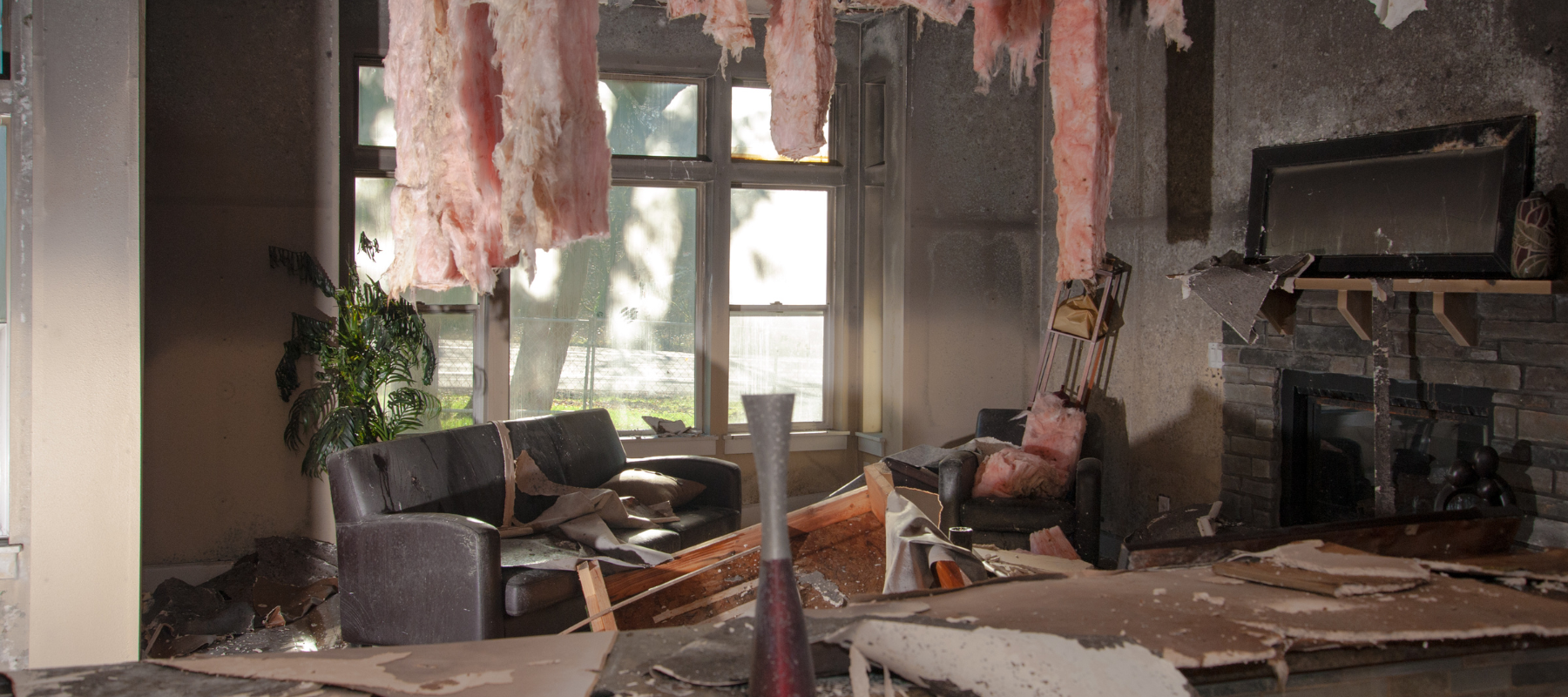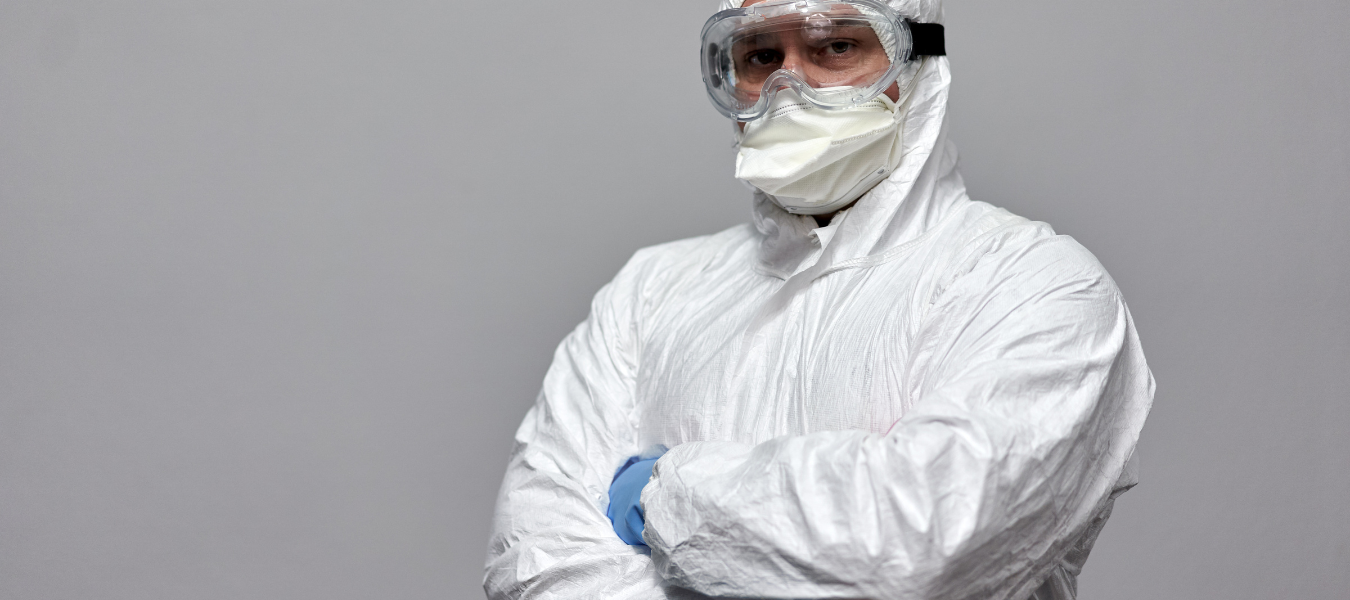
Fire Restoration: How Do I Rebuild My House After A Fire?
It might begin with a spark from an arcing electrical wire, a sautéing fire that got out of control, an arcing electrical wire, or, more frequently today, a wildfire.
The National Fire Protection Association estimates that there are over 350,000 residential fires in this nation each year.
While some just cause little damage to the house, others completely consume it. Even though a fire is a painful experience, many homeowners have enough property to reconstruct the damaged areas and resume their normal lives.
Below we highlight a step-by-step guide on how to re-build your home after a fire.
1. Make An Insurance Company Call
Your insurance provider should be your first call if there has been a fire in your home. Unless the fire marshal or fire department gives the all-clear and declares that it is safe to enter, do not enter the residence.
2. Call A Structural Engineer
You might need to employ a structural expert to evaluate the state of the flooring, walls, and roof depending on the extent of the damage. These experts assess the building envelope, frame, and foundation of the home and advise repair or replacement of any damaged components.
If the house cannot be lived in, make careful to protect it by putting plywood over any cracks or broken windows or doors. If the fire department or structural engineer deems it safe to do so, tarp off any exposed roof areas to prevent any water damage.
If you lack the expertise or the desire to clean up the soot, smoke, and water damage left behind by a fire, contact a professional fire damage restoration company near you. The interior of a home is often cleaned by restoration contractors using equipment like thermal foggers and ozone generators. You could also need to call a contractor, electrician, plumber, or roofer since many cleaning businesses don’t undertake repairs.
3. Wear Protective Gear
Building fires produce poisonous compounds, some of which are cancer-causing. Use a dust mask, safety gear, and rubber gloves if you decide to do any of the cleanings yourself.
4. Get Rid Of The Water First
Start by removing everything that is damp, including plasterboard, insulation, rugs, and furniture. Anything that is left wet will support the growth of mould and mildew, making water damage a genuine danger.
Sump pumps can be rented to remove any standing water from the basement. To circulate air and encourage drying, you may also rent or buy axial fans and dehumidifiers. While you’re doing it, you should also change all the air filters in your HVAC system.
5. How To Get Rid Of The Smell Of Smoke
Firefighters frequently erect large fans to remove smoke and its accompanying stink from the building as soon as a fire is out.
Nonetheless, the stench of the fire will persist long after the smoke has subsided, necessitating the cleaning of undamaged surfaces including ceilings, walls, and floors. All charred fixtures, furniture, cabinets, and the like should be removed. Since soot is corrosive, it needs to be cleaned as soon as possible.
To remove particles from the floor and fabrics like upholstery, curtains, and bed linens, use a shop hoover, or something similar, that has a HEPA (High-Efficiency Particulate Air) filter. A reputable carpet cleaning company should clean any salvageable rugs.
Experts advise combining a solution of a few tablespoons of dishwashing detergent, a cup of borax, and two cups of vinegar in a gallon of water to clean surfaces covered in soot. Concentrate on one area at a time, scrape surfaces with a sponge, and then rinse with plain water. White vinegar, detergent, and warm water can all be used to wash clothes. It can also be taken to a dry cleaner with skill in removing smoke odours along with drapes, blankets, etc.
6. Analysis of the Remains
It’s time to review the structural engineer’s report after all the permanently broken items have been removed and the interior of the house has been cleaned. The structural engineer is responsible for evaluating the state and viability of the house’s structural elements.
It might be time to remodel or revamp your home if it cannot be reasonably restored. Consult the structural engineer about the intended construction if it may be saved and you decide to reconstruct. Prior remodelling starting, you’ll typically also need to obtain demolition and/or building permits. Moreover, modern building rules may compel unanticipated but advantageous alterations to the property, such a seismic retrofit or energy-efficient renovations. You might also need to summon a plumber and an electrician, depending on how much damage the fire caused.
Keep in mind that demolition can be hazardous as you work. Be sure that walls and floors are sufficiently supported before placing ladders. Build from the ground up, establishing the first level before beginning the second, much like with new building. However, be aware that this experience can have a crippling emotional toll; accidents are more likely to happen when you are exhausted, so be especially careful to be rested and attentive while you reconstruct your home.
If you have any questions about our article, “Flood Restoration: How Do I Restore My Home After A Flood?” or need flood restoration services, feel free to call 1-833-WE-DRY-IT 24/7/365 or chat with us in near real-time on social media.
Related Posts
Mould Removal Restoration Articles
5 Signs You Have Mould Growing In Your Walls
“Can I Remove Mould Myself?” Our Mould Removal Experts Have Answers
7 Must-Know Reasons Why You Should Get A Mould Inspection Before Buying A House
Does Mould Attract Bugs? Yes And Here’s What Kind And Why
How To Remove Mould From The Attic [Mould Prevention Tips Inside]
How Rain Causes Mould Growth-Prevention Tips Included
Must-Know Tips: How To Remove Mould In Your Basement
Water Damage Restoration Articles
What you can expect from a fire damage restoration company
Water damage prevention tips from the most common problems we’ve seen
Top causes of water damage in commercial buildings and how to find them
Must-know water damage tips: What to do after your house floods
What does good water damage restoration look like?
DIY water damage restoration and the hidden dangers
How to choose the right water damage company
Flast floods: What to do before, during and after a flash flood
What to do when your attic leaks?
Fire Damage Restoration Articles
How to clean up after a house fire
Fire damage restoration checklist
Fire damage tips: 6 hazards property owners miss
How smoke from fires can negatively affect your health
What are the most common causes of house fires?
10 helpful smoke damage cleaning tips
Related Water Damage Services
Fire damage restoration services
Water damage restoration services
Emergency cleanup services
Mould removal services
Weather damage services


